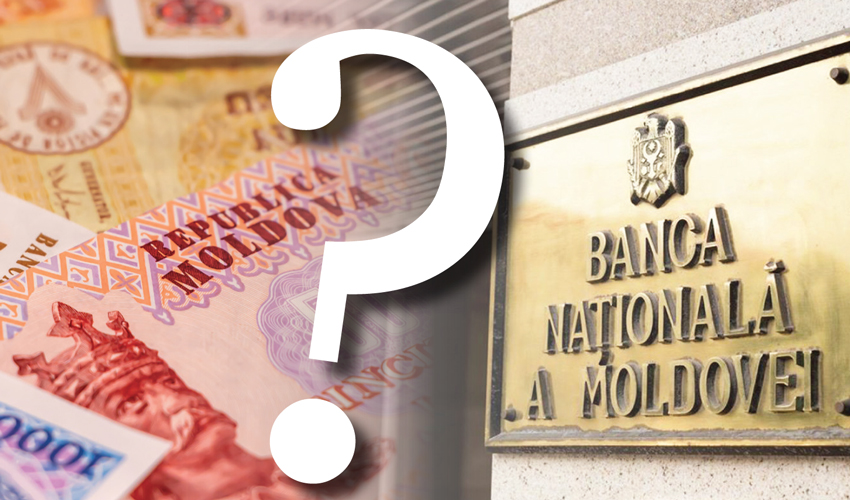
According to the latest data, the average public debt for EU countries is about 81% of GDP, and for Eurozone countries – about 87.4%. This is significantly higher than Moldova’s.
In turn, Moldova’s public debt amounted to about 37.8% of GDP at the end of 2024. At the moment, this indicator is already a little over 39%, and according to forecasts for the coming years, will continue to grow.
Public debt as a factor of EU accession
Moldova has a relatively low level of public debt compared to the EU average. This can be seen as an advantage in the process of European integration. However, several important aspects should be taken into account:
- Convergence criteria: in order to join the Eurozone (single currency area), candidate countries must meet the Maastricht criteria. One of them states that public debt should not exceed 60% of GDP. From this point of view, Moldova already meets this requirement.
- Economic dynamics: Moldova’s low debt level is partly due to its smaller economy and limited borrowing capacity. At the same time, many highly indebted EU countries have more developed and diversified economies that allow them to service these debts.
- Growth trends: On the road to EU membership, Moldova is likely to face the need to increase public spending to modernize infrastructure, adapt legislation and raise social standards to EU levels. This could lead to an increase in public debt.
Hidden threats to the economy
Thebudget deficit, i.e. the situation when public expenditures exceed revenues, is a serious challenge for the Moldovan economy. Although in the short term it could stimulate economic growth by increasing public investment and social spending, in the long term its uncontrolled growth carries serious risks.
- Inflation risk: to cover the deficit, the government may resort to issuing money, which leads to higher inflation. This reduces the purchasing power of the population and undermines macroeconomic stability. Moldova is facing record high inflation (over 30%) in 2022, partly caused also by this factor.
- Reduced private investment: to finance the deficit, the government issues government securities (bonds) that compete with private companies for available capital. This can lead to a “crowdingout effect“ where the private sector receives less funds for investment and has to resort to more expensive loans due to rising interest rates, which generally slows down economic growth.
- Exchange rate volatility: Dependence on external financing to cover deficits makes the national currency vulnerable to external economic shocks and political changes, creating uncertainty for businesses and investors.
- Rising debt service costs: As debt increases, so do interest payments, which is an additional burden on the budget. This money could have been used for infrastructure, healthcare or education, but instead goes to pay off liabilities.
- Credit rating downgrade: An increase in government debt can lead to a downgrade of the country’s credit rating, making it more expensive and difficult to raise new loans. This, in turn, exacerbates the deficit problem.
Feasibility of EU accession: benefits and risks
Joiningthe EU is not only an economic but also a geopolitical choice. The issue of public debt and budget deficit is only one of many factors.
Let’s look at the advantages and disadvantages in a little more detail.
Access to funds: Yes, EU membership should open up access to significant financial funds and aid programs that can help finance infrastructure and economic development. But it is no secret that the European Commission (EC) imposes conditions that must be met in return, and these are not always fully offset by the benefits of the aid received.
Investment and trade: Integration into the EU’s single market attracts foreign investment and boosts foreign trade, which can offset rising public debt by increasing GDP. But, to everyone’s dismay, the real figures of recent years (after the events in neighboring Ukraine began) show, if not decline, then stagnation for sure. Many industrial giants in Europe are suffering huge losses, and some of them have transferred their production to third countries, most of which directly cooperate closely with Russia, which is under sanctions.
Reforms and stability: The path to EU membership requires structural reforms, which in the long run should strengthen state institutions and promote economic growth. But even here, things are not going smoothly in Moldova. Despite many programs that help local producers in various fields, we can say that the reforms have failed. Trade balance of our republic speaks for itself – constant growth of deficit (2024 was a record year). Accordingly, it is not quite clear how to talk about economic growth.
Tax burden: Adaptation to EU standards and financing of reforms may lead to an increase in taxes and tariffs, which will put an additional burden on the population, the bulk of which by their incomes today is, if not below the poverty line, then near its border.
Reduced investment potential: The unstable geopolitical situation in the region, especially in the context of the conflict in Ukraine and the unresolved situation with Transnistria, reduces Moldova’s investment attractiveness, despite its efforts towards European integration. An additional negative role is played by the general economic situation related to the energy crisis and excessive real inflation.
Increase in public debt: as already mentioned, financing reforms and adaptation to EU standards will require significant funds, which will inevitably lead to an increase in public debt, which in the long term may become an unsustainable burden for the country. Provided that there is a recession in most spheres in the country, it will become increasingly difficult to service the state debt, and the country will face even more difficult times, up to default.
The way out is non-aligned status
Moldova’s low public debt is a very strong argument in favor of its relative financial stability at this stage. However, the growing budget deficit may suggest otherwise. In the process of integration it is expected that the debt will continue to increase, which will be associated with necessary investments, primarily to bring the republic to EU standards. But it does not at all indicate a narrowing of the budget gap.
As mentioned above, the whole problem is that the funds will be primarily directed to various reforms, reorganizations and repayment of liabilities, rather than to economic development. The fact that the Moldovan standards will correspond to the European ones will not change the economic component by itself. And even under these conditions, there will undoubtedly be growth, but the questions remain – when, how fast, and how much it will cost the country’s residents in the form of taxes, increased tariffs, etc. The economic component will not change by itself.
Moldova, having a unique geographical position, not only could, but according to many experts, should benefit from cooperation with both the West and the East. If Russia is a kind of stumbling block, it is possible to continue and develop cooperation with other Eastern countries – India, China, Caucasus countries and many others.
Based on all these inputs, the independent expert community is increasingly promoting the idea of non-aligned status of Moldova as the most favorable from the point of view of geopolitical and geo-economic interests of the country. If joining the EU or the EAEU so much excites and divides the society, why not consider the possibilities of mutually beneficial cooperation outside these structures – on the basis of other platforms and agreements?
Sergey MASLYANKIN,
economist













